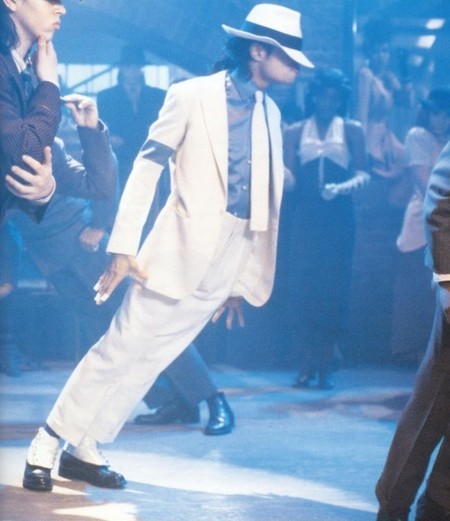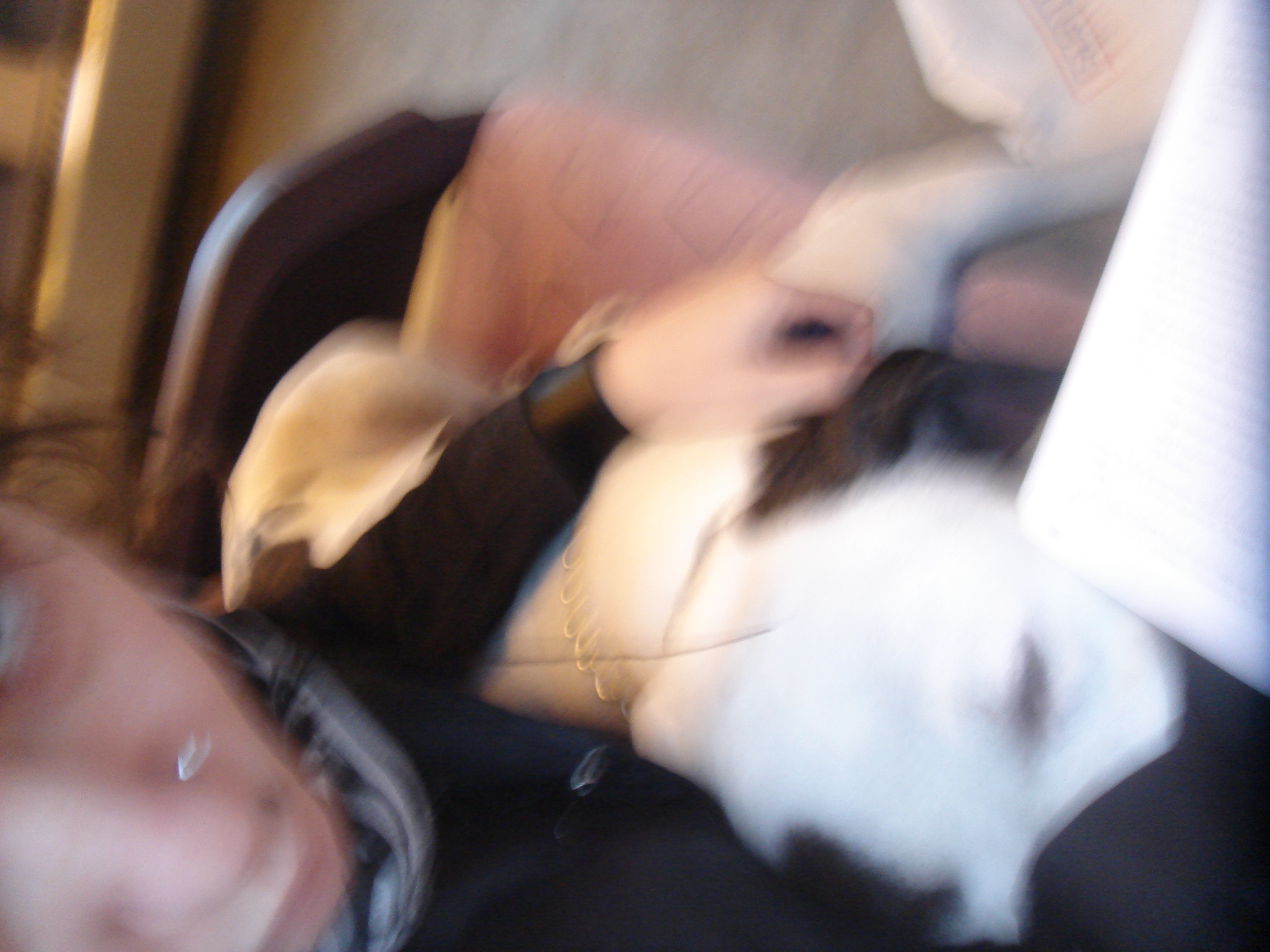The fake is not always a copy, sometimes the fake is the original.
Milan, June 25th 2009
These are fragments of my notes, translated to English, from Antonio Caronia’s presentation at the Italian Hackmeeting:
The
relation between science and imaginary starts to produce narrative:
science-fiction. This becomes commodity to be consumed, part of the
culture industry. Edgard Allan Poe, Gilles Verne.
Solmi S.;
Fruttero C. – Le meraviglie del possibile. Antologia della
fantascienza. Einaudi. This introduces in Italy an intelligent science
fiction. The development of science and technique in capitalism created
the space for this imaginary.
During ‘900 the sense of ‘possible’
has large space, the idea of ‘future’. Future becomes something you can
build through the possible. Ballard: science fiction is the most
important and specific narrative form of ‘900.
Science Fiction is dead!
The
last scream was cyber-punk: Gibson: first short stories in 1980/82.
Neuromante is from 1984. “The difference engine” by William Gibson and
Bruce Sterling. It is a prime example of the steampunk sub-genre.
Science-fiction
died because late ‘900 capitalism destroyed the idea of future. DILATED
ETERNAL PRESENT! The conception of time has changed. Of
science-fiction, only fragments if imaginary remained, and those became
other genre: fantasy, techno-triller, etc.
Talking of the deads
is important. Science-fiction fertilized imaginary but cannot do it
anymore. Science-fiction cannot be alive again but a recombinant
operation is possible.
Discussion:
tibi: science fiction as a form of critique, to be developed.
xname: narrative structures of this eternal dilated present.
science-fiction
developed a series of stylistic experiments which can be continued and
transformed, and can live within other genre.
new wave anticipates cyber-punk stylistic experiments – > following the line which passes from Mallarme’
‘the atrocity exhibition’ -→ fragmentation of space and capitalization of the earth. time is not yet terminally commercialised
internet achieved the commercialisation of time
teoria delle stringhe
Abbot: Flatland: A Romance of Many Dimensions
Post Fordism => excludes future and projectuality
obaz => the apocalyptic future which we don’t have
this the story of the new science fiction.
processes of imagination, social processes cannibal capitalism the
process is complete the capital absorbs everything, it predicts living
processes and makes them dead things.
horror: the perfect metaphor of capitalism => digesting life and rendering it death, and spiting it as fictitious life.
Marx: overturning processes from within
art today is creating instruments and alternative ways of thinking inside social processes.
main political project and collective work = rebuild the imaginary, whose decay was engendered by capitalism!




